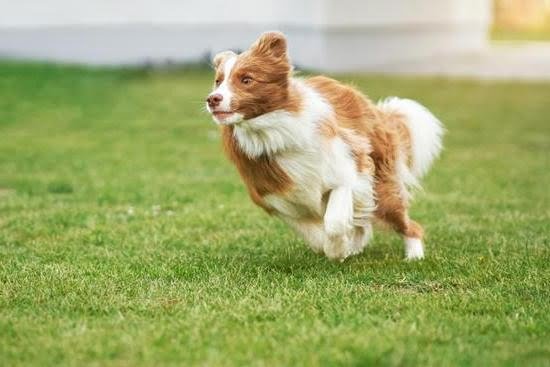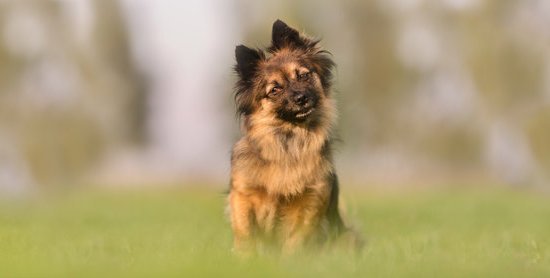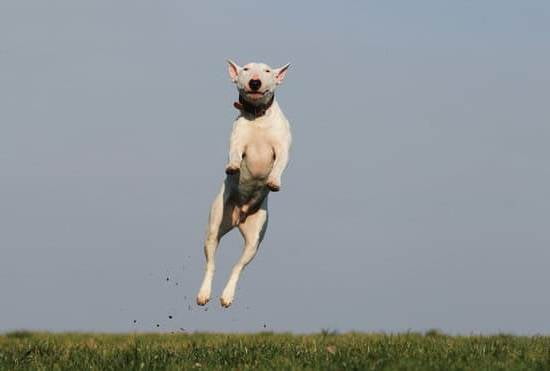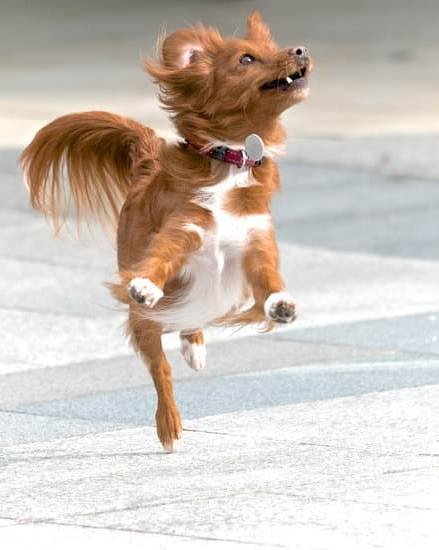Introducing the Litter Box
When it comes to training a dog to use the litter box, it is important to introduce the box in a positive and gradual way. First, start by setting up the litter box somewhere away from where your dog typically spends its time. This will help prevent any accidental soiling in that area of your home. When you first present the litter box to your dog, sit quietly nearby and offer verbal praise or treats if they show an interest in the box. If your dog tries to get into the box, encourage this behavior by continuing with treats or verbal praise.
Once they are comfortable with being near the box and understand it is a safe environment, you can begin introducing some of their poop or pee directly into the litterbox. Once again provide positive reinforcement if they show any curiosity towards exploring what’s inside by kindly talking, offering a treat or two, or petting them while they investigate it further.
Eventually, you can move the litterbox closer to where your pup usually spends most of its time indoors so that they can become more familiar with it and know where to go when they need do their business. Be sure not to rush this process; instead take things slowly so as not to overwhelm them too much and keep everything positive for best results!
Space Considerations
When you are training a small dog to use a litter box, it is important to consider the size and location of the litter box in relation to the size of your dog. Ideally, the litter box should be large enough for the dog to comfortably enter, turn around, and exit. Additionally, the location of your litter box should provide an easily accessible area for your pet. Consider placing it in a relatively quiet area that doesn’t have high levels of household foot traffic or activity. When selecting which type of litter box you’d like to use for your dog, make sure that the sides aren’t too high or deep; otherwise your dog might have difficulty entering and exiting. If possible, look for boxes that are designed specifically for small pets.
Age Adaptations
Older dogs may require more patience when house training, as the effects of aging can cause them to forget the learned behaviors that come so easily to younger dogs. To help them make the transition to a litter box environment, start by choosing a larger box designed for dogs who are still able to get in and out on their own. Make sure it is set at an accessible height and fill it with comfortable bedding they can easily walk across. For older dogs, managing their environmental cues is key; create pathways leading away from areas around their sleeping area, yet near enough that they will detect the scent coming from the box. Take walks outside around the same times every day and let your dog know that soon after this outside time comes potty time in the litter box. Reinforce desired behavior with treats once they’ve made successful attempts at using their litterbox before allowing them further access throughout your home. As always, remain consistent and be patient when training an older dog.
Safety Precautions
To ensure the safety of your pet, make sure to put the litter box in a designated area away from any toxins and hazardous materials. A great place to start is to designate an indoor pen in the house. This enclosed area should then be outfitted with four solid walls and a gate large enough for the dog to enter through—but small enough that other pets or children can’t get in. You may also want to look into using a baby gate or airlock-style door for added security.
Once you have secured the pen and chosen an appropriate size litter box, it is important to provide additional safeguards such as anti-slip padding beneath the box (which helps prevent spills) and safety gates around the perimeter of the pan. And never forget to replace liners regularly as dangerous particles can accumulate on them over time. Finally, always monitor your pet’s use of the litter box, just to make sure they are healthy and safe when using it.
Timing Suggestions
To ensure the best success while training your dog to go in a litter box, it is important to establish a consistent schedule. Start by deciding on a regular time of day that you would like your dog to use their litter box (for example, right after breakfast or lunch). Make sure to always provide access to their litter box at these times, either before or after walks and playtime. It could also be helpful to set up an alarm or reminder on your phone as a way of reminding yourself and your pup when they should use the litter box. Additionally, make sure your pup has ample opportunity to empty his bladder before offering access to the litter box in order for them to understand the correlation between using their litter box and eliminating waste. With this consistent routine and supervision from you, success will soon follow!
Concluding Comments
Good job! Training a dog to go in the litter box is no easy task, but with patience and dedication you and your pet can have success. With consistency and plenty of positive reinforcement, your dog will come to recognize the practice as part of their daily routine. Congratulations on taking such good care of your furry friend!

Welcome to the blog! I am a professional dog trainer and have been working with dogs for many years. In this blog, I will be discussing various topics related to dog training, including tips, tricks, and advice. I hope you find this information helpful and informative. Thanks for reading!





